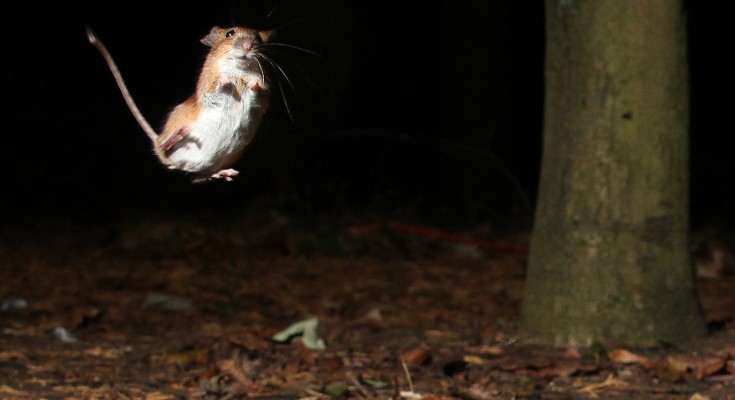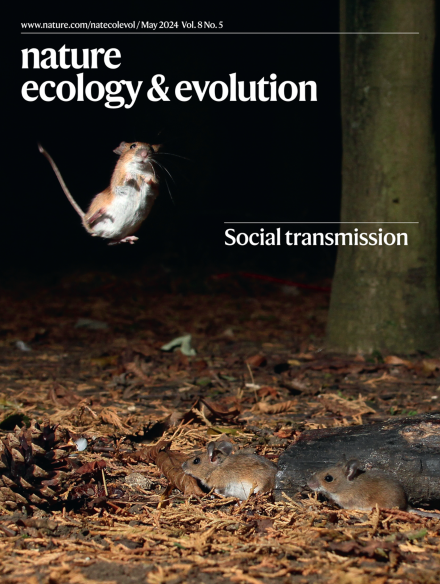
Read our May issue
Our May issue includes mammalian responses to human activity, the evolution of multicellularity, mosquito viromes, deep-time protein preservation, and an Editorial about pangenomes.

Our May issue includes mammalian responses to human activity, the evolution of multicellularity, mosquito viromes, deep-time protein preservation, and an Editorial about pangenomes.


This Perspective argues that registration and registered reports are important tools for reducing research waste in ecology, and that this needs to be supported by coordinated efforts by funders, publishers and research institutions.